Introduction
Yes, dogs can eat horseradish. However, just because they can does not mean they should. Namely, horseradish is not directly toxic to dogs. However, it is not something you should be feeding it regularly either.
As a spicy root vegetable, horseradish has several health-boosting nutrients. However, if given in excess, it can be troublesome. Plus, because of the unusual taste, most dogs will refuse to eat horseradish even if offered.
Why is Horseradish Good for Dogs?
It is no secret that root vegetables are healthy, and horseradish is no exception. There are several benefits associated with horseradish. Plus, the veggie is rich in various unique nutrients. Let’s go through the reasons horseradish is good for dogs.
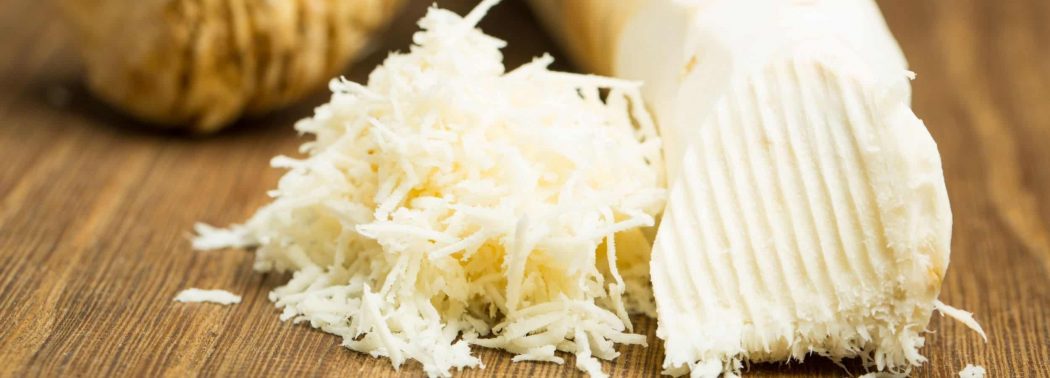
Digestion Support
The unique blend of nutrients and dietary fiber in horseradish supports the digestion processes and contributes to smoother absorption, metabolism, and utilization of food.
Weight Loss Aid
Horseradish is ideal for weight loss. The root veggie is particularly low in calories, and it speeds up the metabolism. The combination of these factors leads to effortless weight loss.
Antibacterial Properties
Horseradish has strong natural antibacterial properties. These features combined with the slight diuretic effect can be used in the management of certain types of urinary tract infections.
Immune System Boost
Horseradish boosts the dog’s immune system. The effect is based on two nutrients – vitamin C and antioxidants.
Sinigrin Compound
Human studies have found that horseradish contains a natural compound called sinigrin. This sinigrin compound shows strong anti-cancer properties. This makes horseradish a potentially important part of management.
Can Horseradish be Bad for Dogs?
Yes, horseradish can be bad for dogs. Because of the spicy flavor, horseradish is too strong, and many dogs are genuinely repelled by its taste.
Plus, being a nutritionally dense veggie, horseradish can be harmful, especially when overfed – given too often or in large portion sizes. Here are the reasons horseradish can be bad for dogs.
GI Tract Irritation
One of the main downsides of horseradish for dogs is its ability to irritate the mouth and lower parts of the digestive system. GI tract irritations are not uncommon in dogs and usually manifest with stomach upsets – vomiting, diarrhea, lack of appetite, drooling, dehydration, abdominal pain, and lethargy.
General Irritation
Because of the spicy scent and taste, horseradish can irritate the dog’s respiratory tract (usually during consumption) and then the urinary tract (after being metabolized). These issues are transient but worth mentioning.
Allergic Reactions
Dogs are rarely allergic to fruits and veggies. However, an overly sensitive dog may develop an allergic reaction to just about any food, including the root veggie named horseradish.
How Much Horseradish Can my Dog Eat?
There are no official serving guidelines for horseradish since this root vegetable is not generally recommended for use in canines. However, just to give you a rough idea of how much is considered safe, do not give a middle-sized dog more than half a teaspoon of horseradish.
As for feeding frequency, make the horseradish addition an extra rare thing – once a month will be more than enough. Also, do not forget that puppies have sensitive stomachs, and even a dash of horseradish can be harmful.

How to Prepare and Serve Horseradish for Your Dog?
Before we give some quick and simple preparation tips, we must emphasize the fact that horseradish is not the ideal food choice for dogs. However, since it is not directly toxic, if you decide to add it to the menu, you need to know how to do it.
As with all other veggies, you need to start by shopping. If possible, we recommend buying organic. Then, the horseradish needs to be peeled and preferably steamed. Once cooked, it can be grated and added to the dog’s food.
For example, you can mix the horseradish with some plain boiled white rice, carrots, and chicken meat. The horseradish will add a dash of flavor and make the otherwise bland meal less boring.
Summary
Horseradish is not directly toxic to dogs but can be harmful, especially if given in excess amounts. The dog’s stomach is not designed to process root vegetables.
Therefore, the horseradish can only make an infrequent and small addition. Plus, the nutrients found in horseradish are present in other much safer and much mildly tasting foods.
Sources
- Sinigrin and Its Therapeutic Benefits, Anisha Mazumder, Anupma Dwivedi, and Jeanetta du Plessis, 2016
- Benefits of Vitamin C for Dogs, Dr. Travis McDermott, 2020
- Does Your Dog Have UTI Symptoms or Something Worse?, Anna Burke, 2021
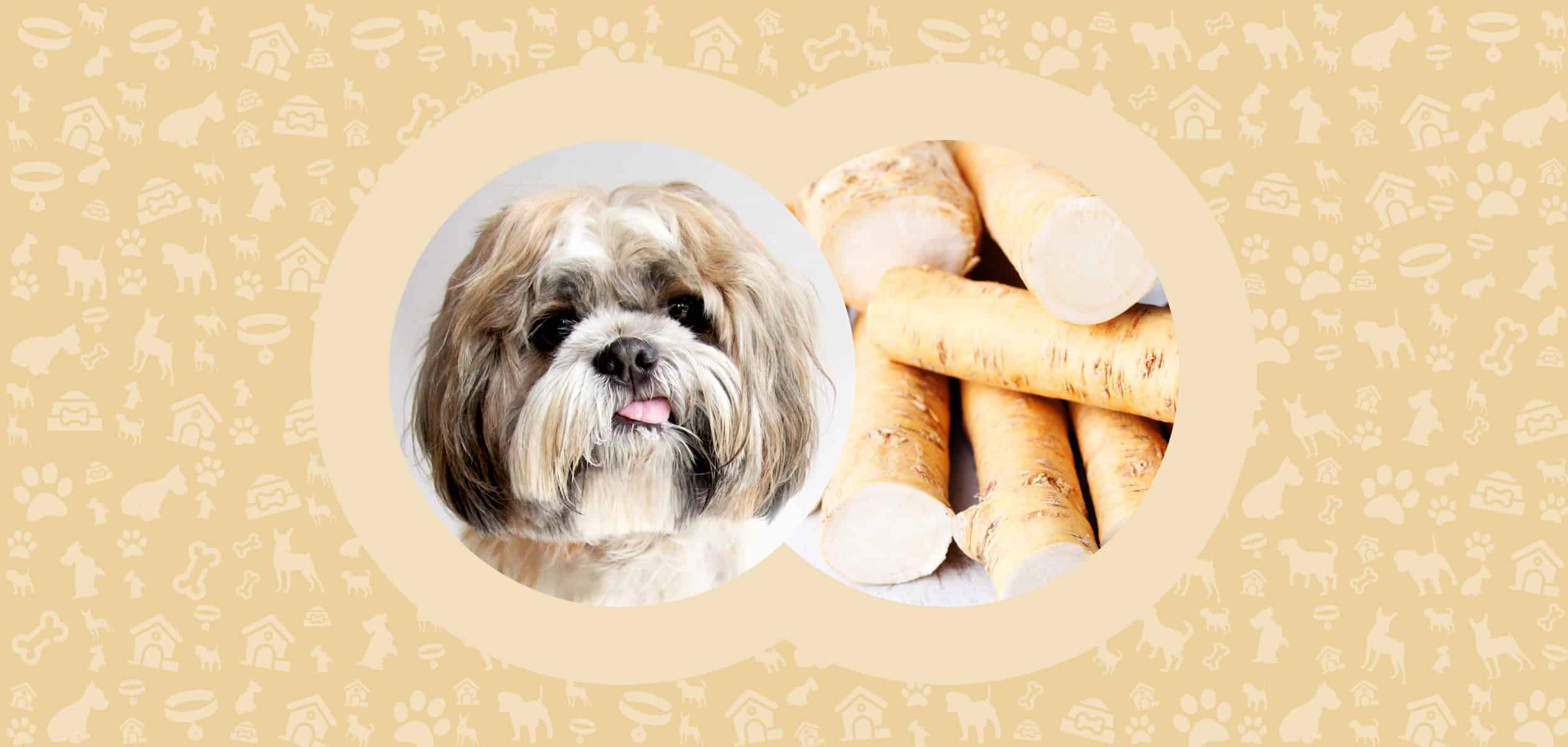
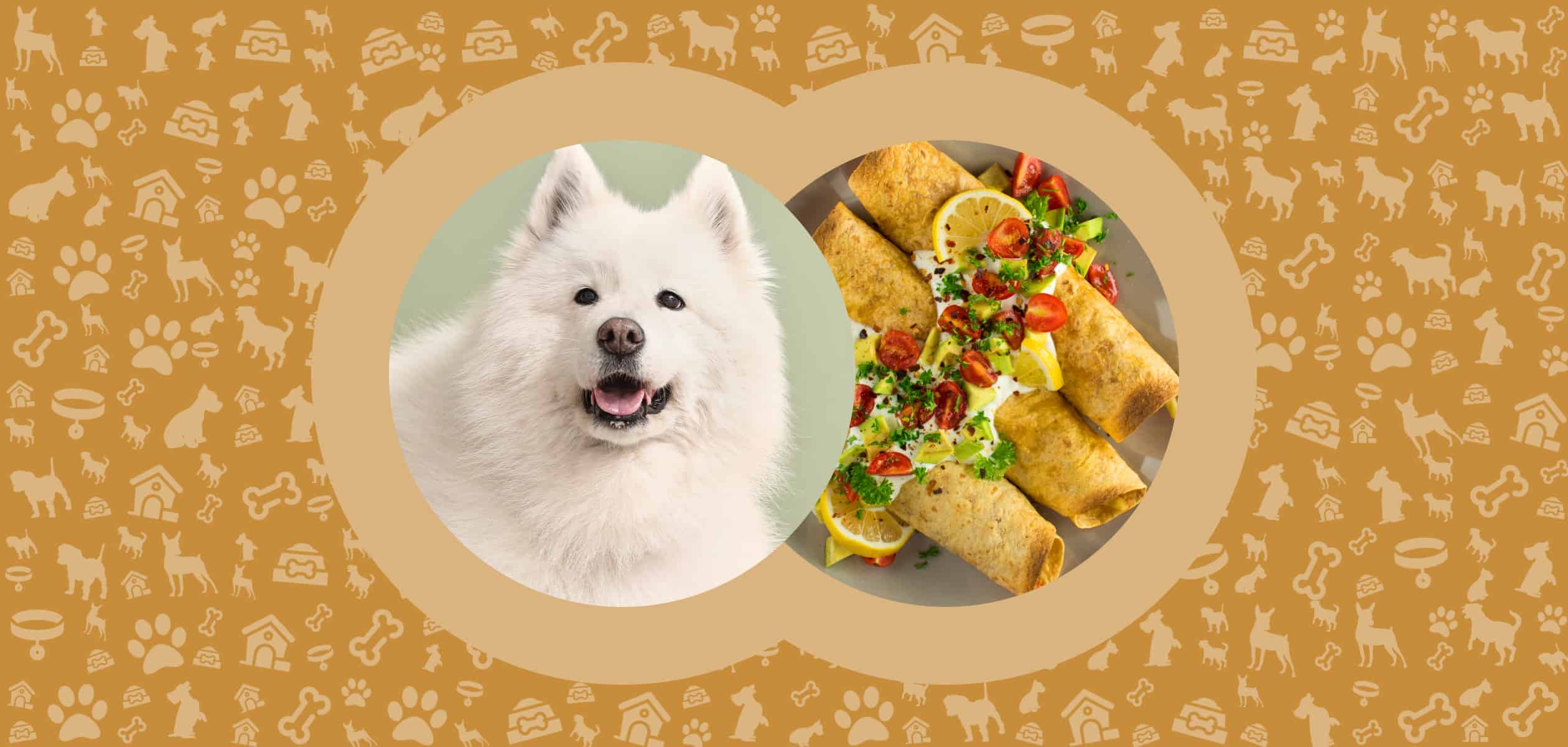
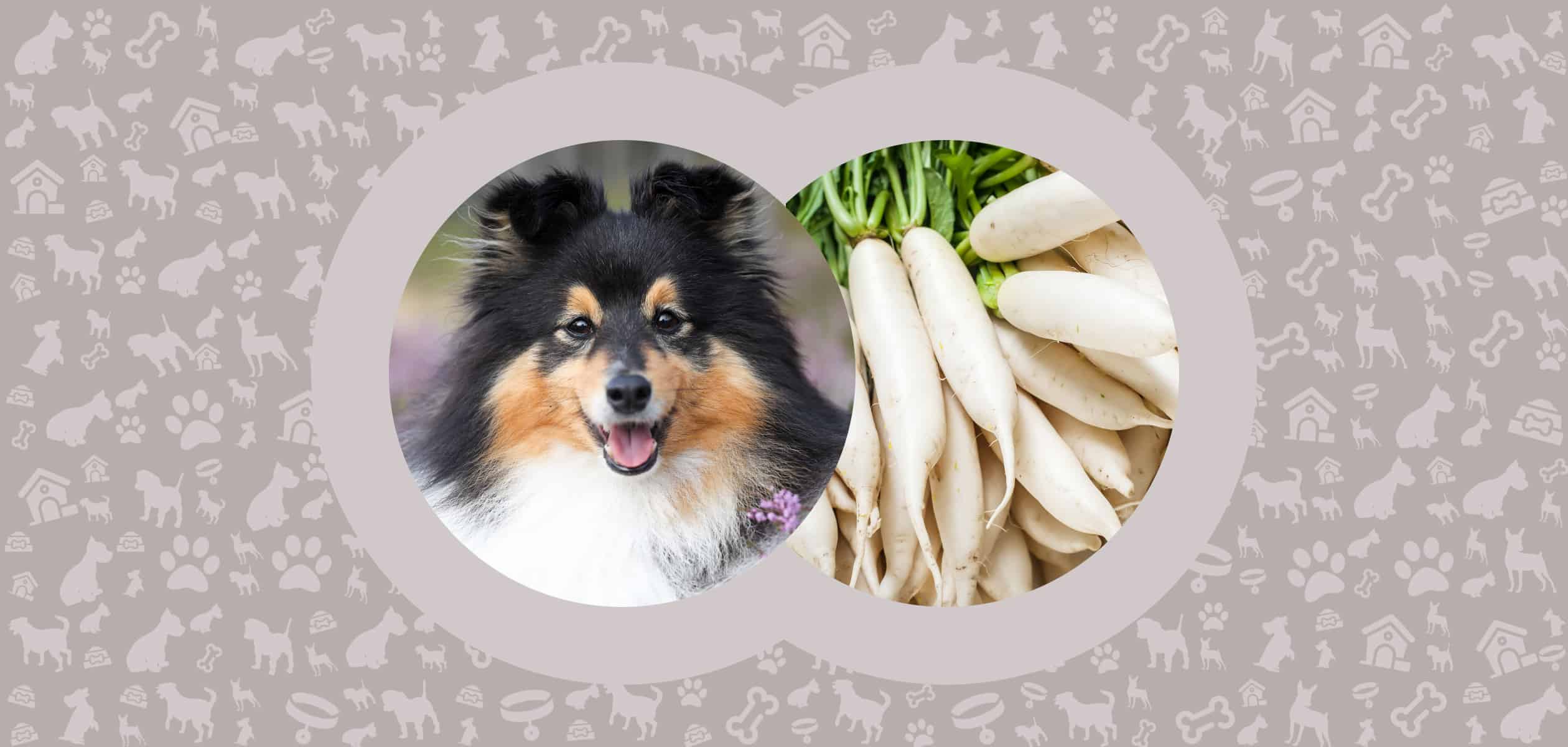
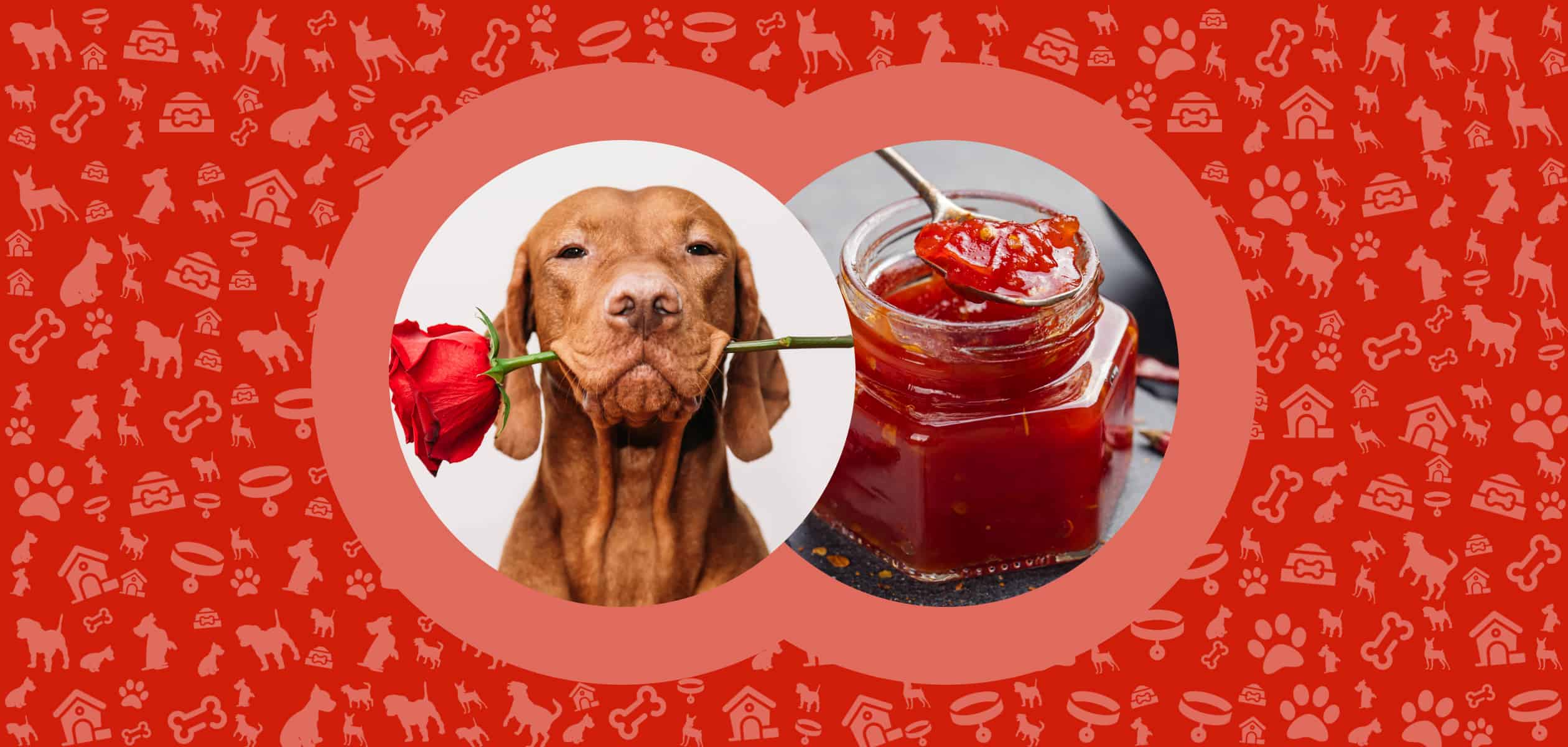
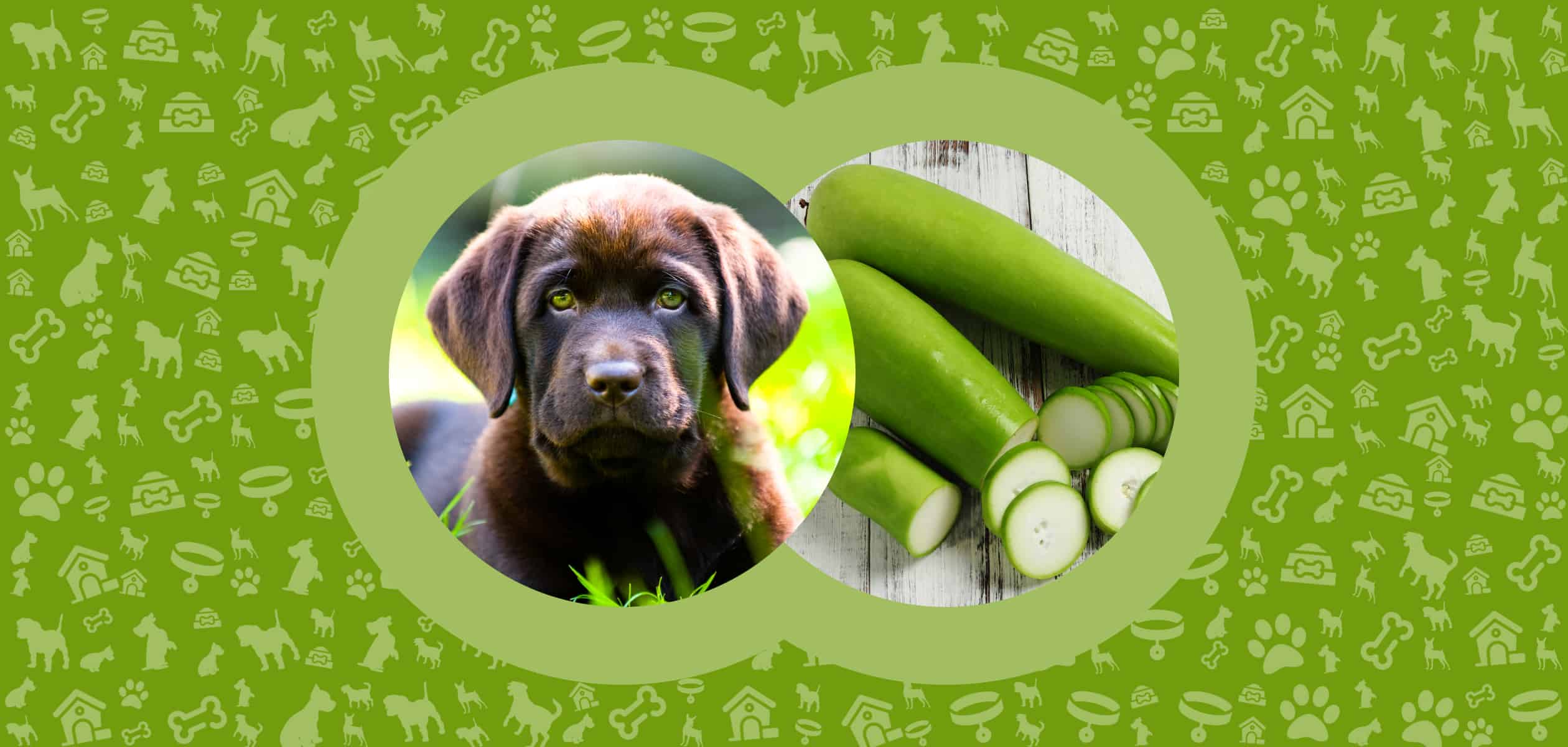
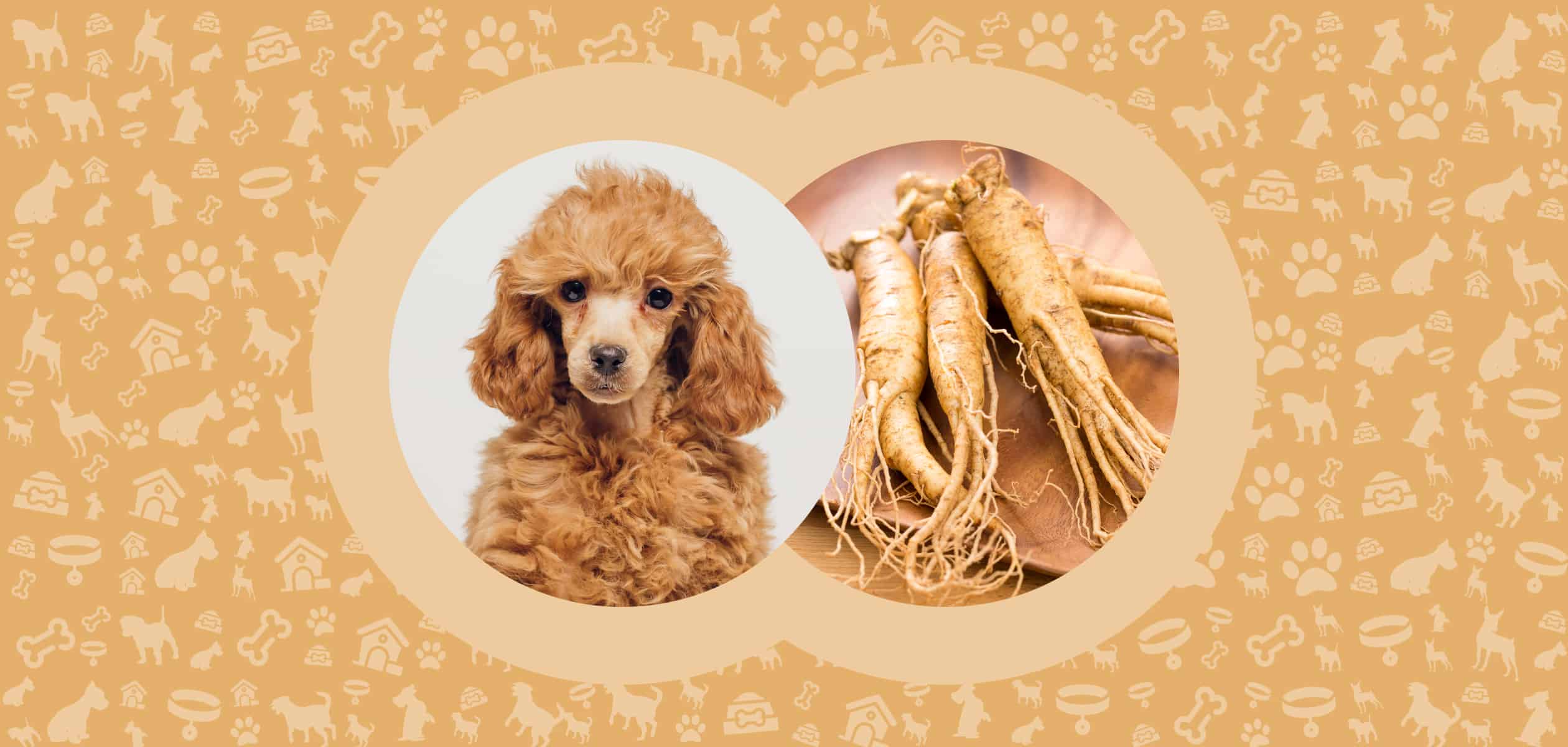
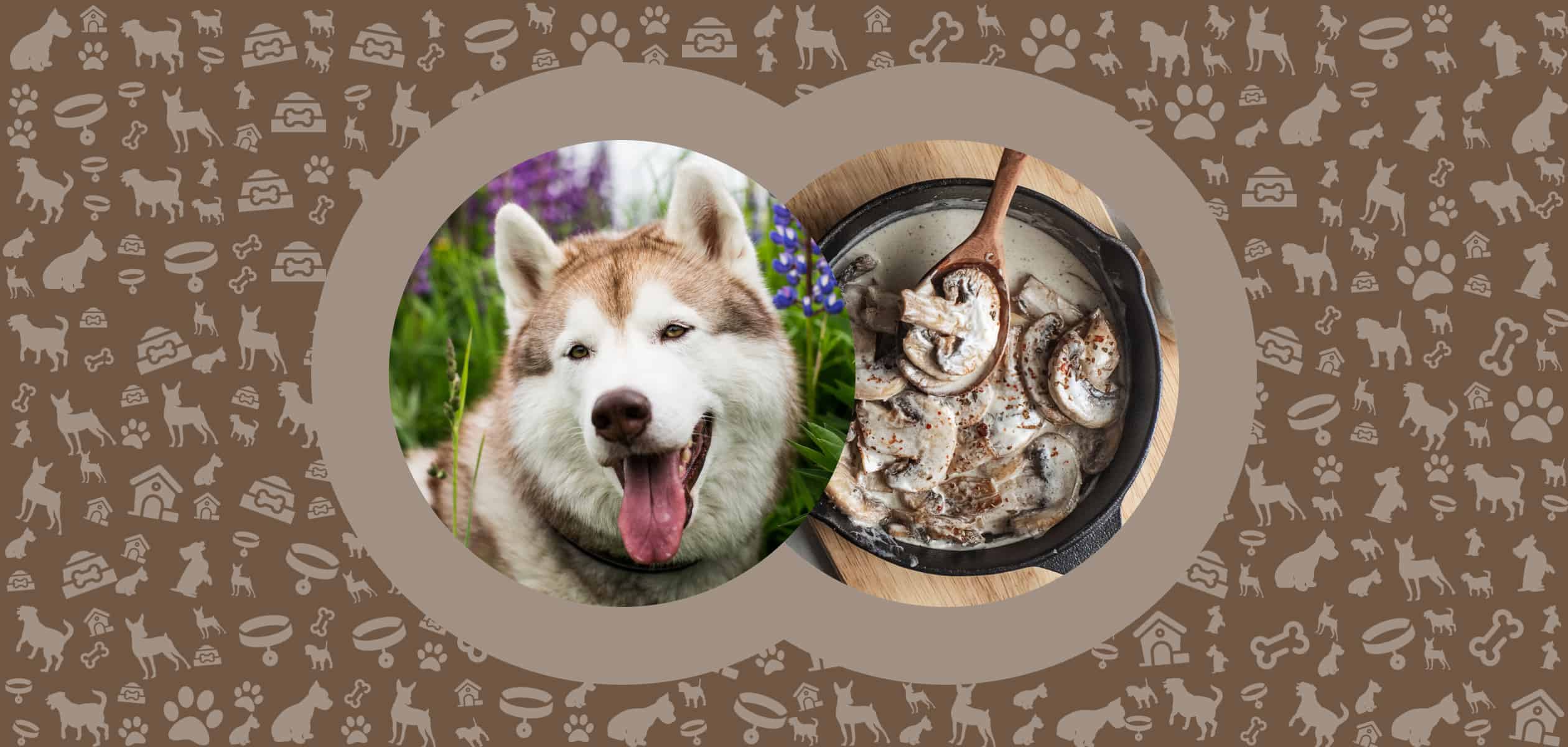
Leave a Comment